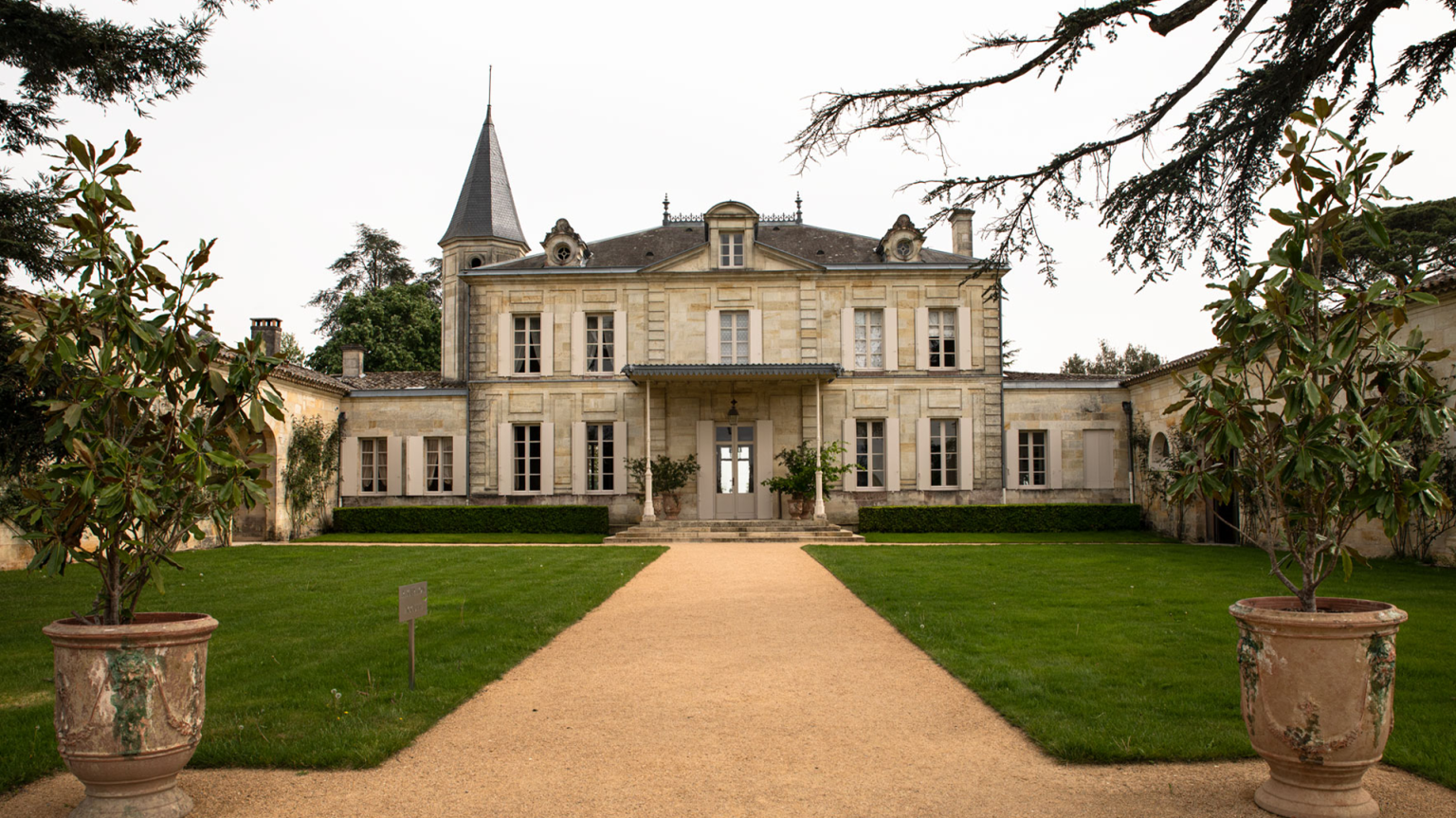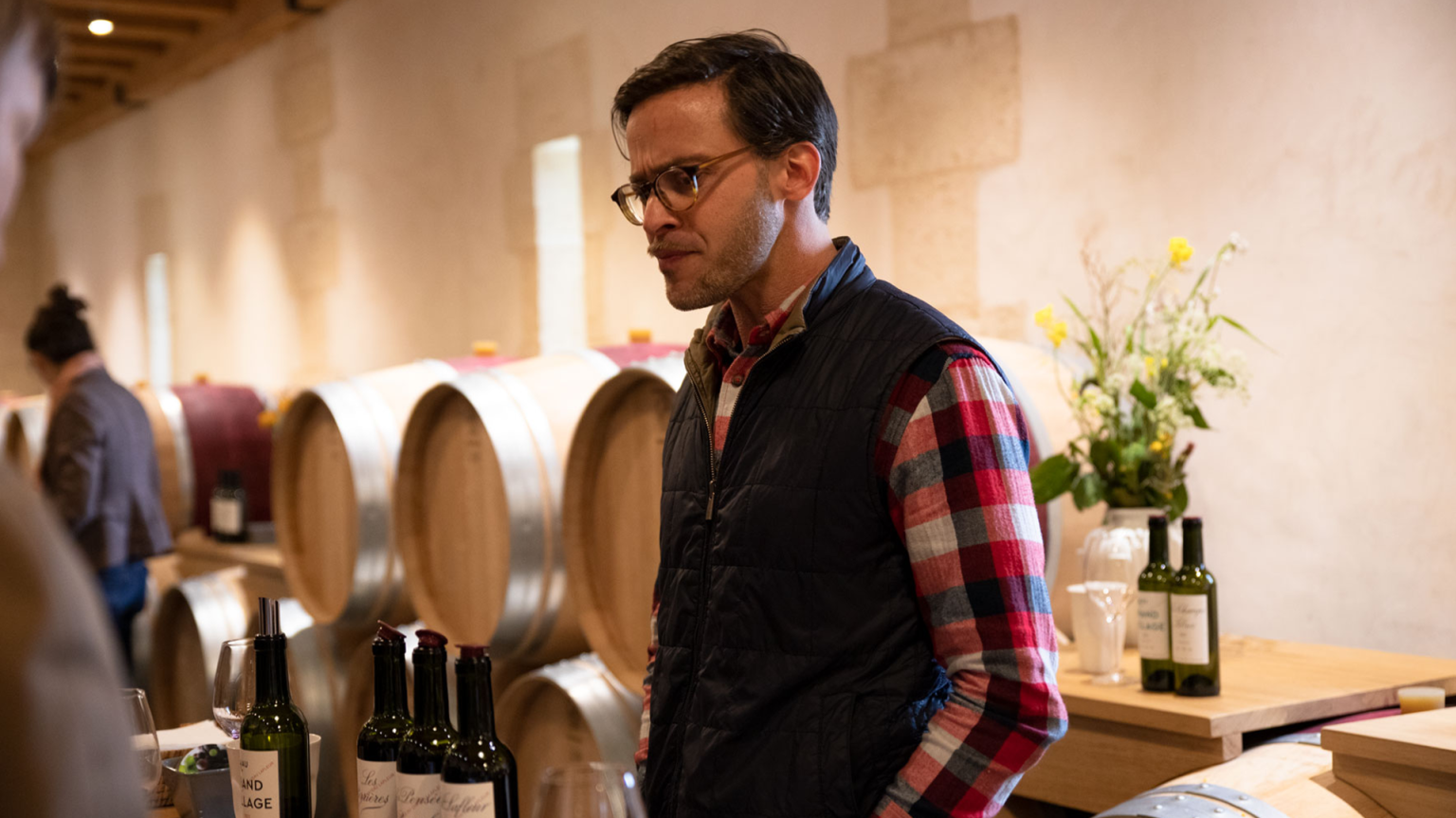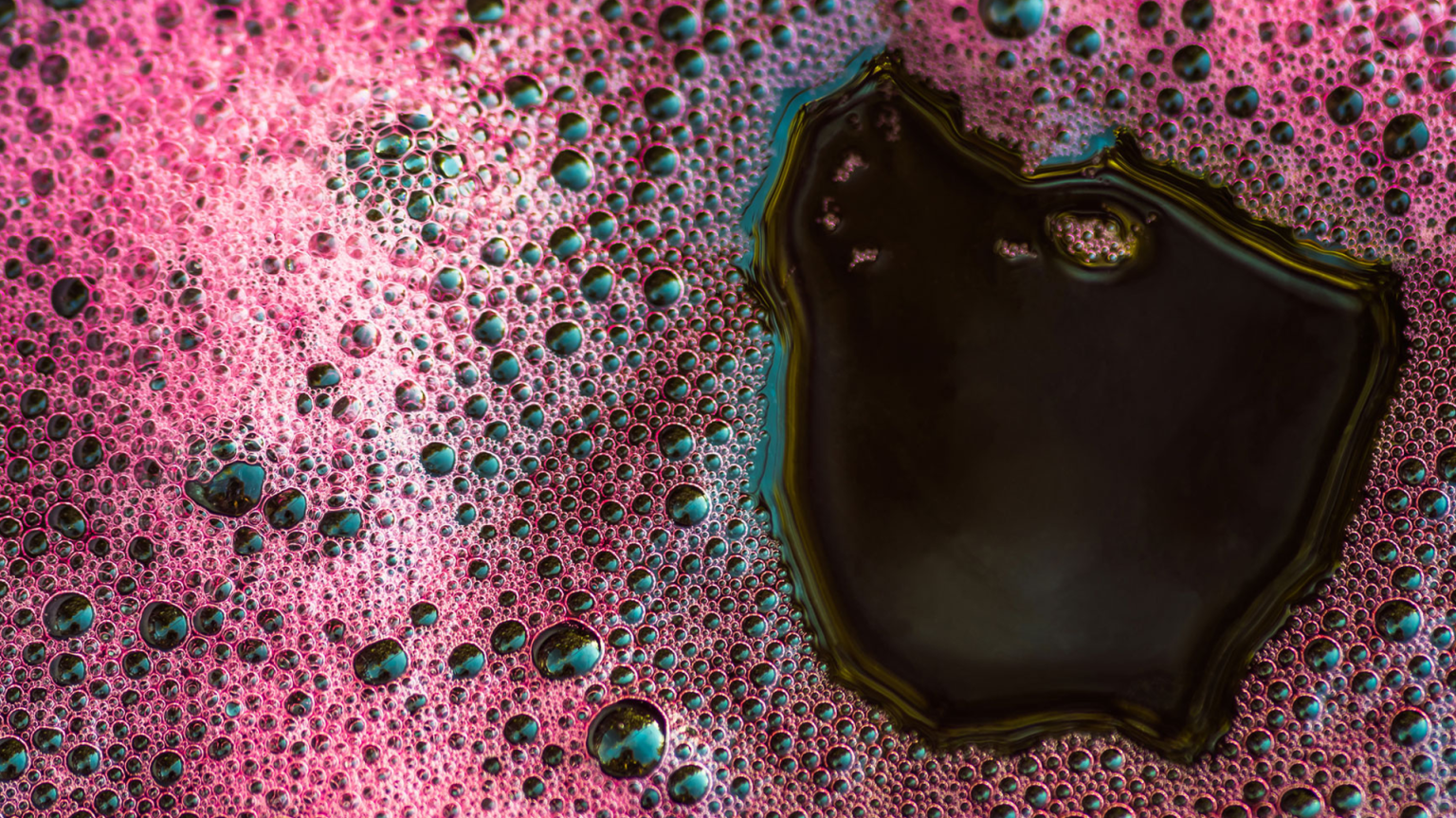In an era where minimal intervention is so applauded, discussing the art, skill and work of a winemaker can be unfashionable. Producers can seem keen to gloss over or shy away from discussing the tricks of their trade. And tricks there undoubtedly are – as vintages like 2021 prove.
Jean-Antoine Chaptal was a man of many talents. Working in the late 18th and early 19th centuries, he was a scientist and statesman whose interests varied from sugar beets to gunpowder and merino sheep. For wine-lovers, he has been immortalised thanks to his 1801 paper, L’art de faire, de gouverner et de perfectionner les vins – in which he introduced what we now call “chaptalisation”. It was nothing short of revolutionary.
During fermentation, yeast converts sugar into alcohol and carbon dioxide. Chaptal realised that if you added additional sugar to raw grape juice, you could increase the final alcohol content of the wine. The sugar would, along with the natural sugars from the grapes, be fermented, producing a dry, but stronger wine, and – with alcohol a natural preservative – one that would keep better. Suddenly producers could give wines from cooler years a boost (with the alcohol adding much more than just ethanol). Some winemakers, of course, abused the technique – at one point in the early 20th century, the Languedoc reportedly produced twice as much wine as was feasible for the volume of grapes harvested.
Today the practice is strictly controlled by regulatory bodies, only permitted in cooler regions where it is deemed a useful tool, limited according to region and vintage conditions to protect quality. In marginal climates where ripeness isn’t guaranteed, chaptalisation has been the norm. Although you won’t find them in marketing pamphlets or Instagram feeds, bags of Tate & Lyle are widespread in the cellars of Champagne, Burgundy and England, in particular. It’s one reason why climate change has, for many such regions, been a blessing of sorts – the warmer conditions allowing them to more reliably bring in a crop of sufficiently ripe fruit.
Throughout the 19th century in Bordeaux, wines were often blended with those from warmer climes – the finest had a dose of Hermitage (something which Ch. Palmer pays tribute to today with its Historical XIXth Century Wine), while lesser wines had a dollop of something Spanish. Chaptalisation took over in the 20th century, and was widespread – considered part and parcel of making wine in the region.
Global warming and the technology that has revolutionised viticulture and winemaking in the region has changed that, but 2021, with its frost, mildew and generally cool conditions, saw many of northern Europe’s winemakers forced to chaptalise once more – or at least consider it.

Ch. Cheval Blanc
Setting off to taste Bordeaux 2021 en primeur, I was braced for the polished spiel of the world’s grandest estates. But perhaps signalling a broader move towards transparency in the industry, what I found was a refreshing frankness. Not a single producer looked to mask the incredible challenges of the year – and the often unspoken reality of making wine in such conditions.
We asked about the potentially contentious topic at every property we visited, receiving only a small handful of slightly wary responses on the topic (“We did what we had to do,” one winemaker said, with a smile). The vast majority of producers felt it was a necessity in the year, although not everyone agreed.
At Ch. Cheval Blanc, Pierre-Olivier Clouet firmly stated, “We never touch the natural balance of the wine.” That said, they did chaptalise three plots in the end, but none of them made it into the Grand Vin. Delphine Kolasa of Margaux’s Marquis d’Alesme believes that you can almost always feel a warmness from the additional, unnatural alcohol – although she noted a few properties who had managed it so well you could barely tell.
At Les Carmes Haut-Brion, Guillaume Pouthier highlighted the balance needed with the year’s acidity levels. The relative lack of sunshine resulted in grapes high in malic acid, meaning that the malolactic fermentation (where hard, green-apple malic acid is converted into softer lactic acid) had a greater impact in the wines, reducing the overall acidity. With this in mind, he felt that chaptalisation could lead to wines feeling “flat” – but it wasn’t a necessity for him, given he managed to reach 13.5% natural alcohol thanks to the property’s warmer, suburban microclimate. These producers weren’t alone – Beychevelle, Léoville-Poyferré and Lafite-Rothschild all opted to work with what nature gave them.
But there were plenty of outstanding estates which felt it was an essential element to success in the year. At Le Pin, Jacques Thienpont remarked how they had to employ “forgotten methods”, noting that it was more than 20 years since he’d had cause to chaptalise in Pomerol. He used it on a couple of vats. Joséphine Duffau-Lagarrosse – the young vigneronne who has taken over her family’s estate – joked about having to learn how to do it, so alien is the process to a millennial winemaker. (“I called Burgundy,” she said, laughing mischievously.)

Tasting with Omri Ram at Ch. Lafleur
Similarly, Christian Moueix – another of the Right Bank’s old guard – noted how he used it almost every year in the 1970s, but hadn’t needed to for a long time. For him the key was not to overdo it, enough to add a maximum 1% alcohol. There was a clear consensus on this among proponents – adding half or one degree (of alcohol) was beneficial, but if you pushed things too far, you’d lose balance in the wines. That touch of additional alcohol added body, carried flavour and allowed for more extraction.
At Ch. Canon and Ch. Berliquet, they noted that they always pick on phenolic rather than sugar ripeness, but one of the quirks of 2021 was that the skins ripened before the sugar had accumulated to the expected level. They therefore picked and chaptalised to bring the wine up to 13.5%.
Omri Ram – who produced a particularly exquisite flight of 2021s at Ch. Lafleur – emphasised that he wasn’t anti-chaptalisation, but was anti it being popularised. He used it on a handful of parcels (the most humid plots) where he felt they would benefit from just “a little bit more” – with all the wines ending up between 13.4 and 13.6%. Ch. Margaux was notable for highlighting that, at least for them, chaptalisation wasn’t abnormal. They also used it on a couple of plots in 2017, 2019 and 2020.
There’s no doubt that chaptalisation can be done badly. But tasting through the 2021 vintage in Bordeaux, it’s also clear that it can be done well – used seamlessly to produce wines that are better for that spoonful of sugar. If you don’t trust us, check the critical acclaim for some of the wines mentioned above.
Intervention is key to wine – a vigneron’s craft goes beyond the field. The best wines come from carefully farmed vineyards, sites nurtured to produce expressive fruit, but it takes a talented winemaker to translate that into something you can drink. And in a year like 2021, no winemaker should be criticised for using every tool available to them.

